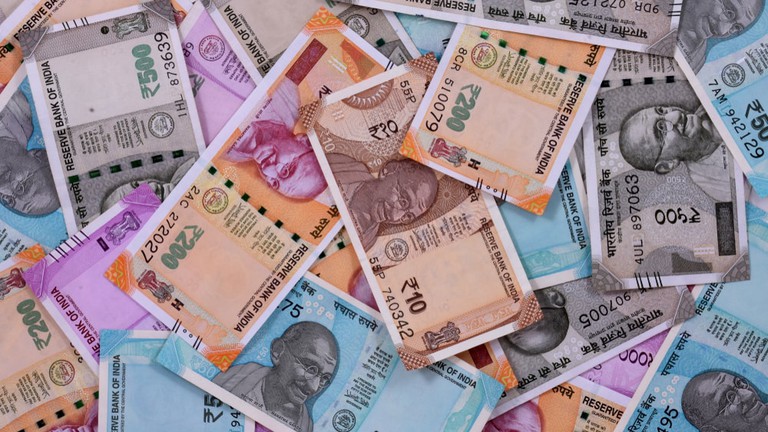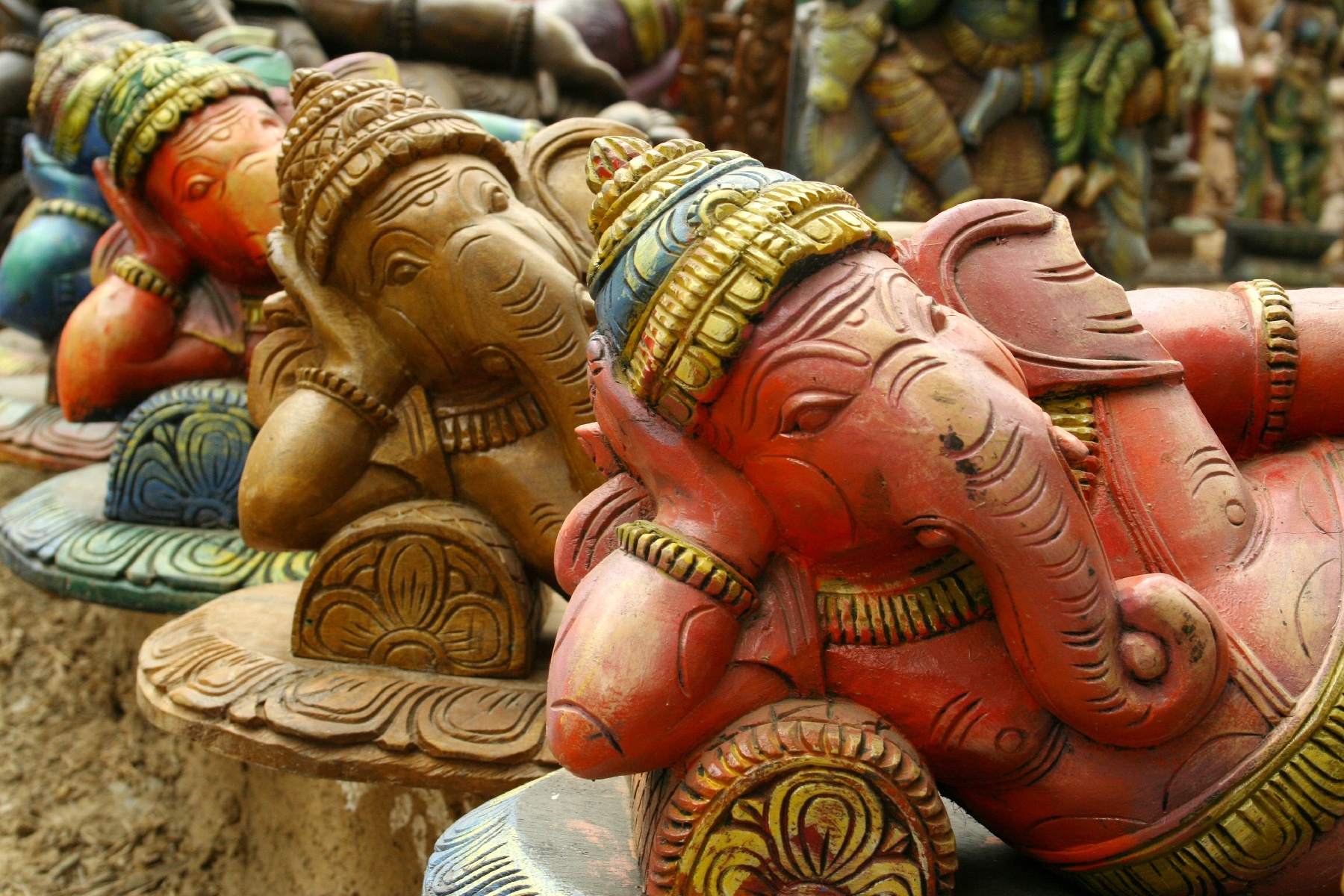Call us:
USA +1877 564 7526
AUS +61 4 6699 2806
USA +1877 564 7526
AUS +61 4 6699 2806
India is truly a sensory experience. Though transforming at such a rapid pace, the country fluently maintains its cultural, historical, and spiritual treasures. India offers something for everyone, including architecture, adventure, cuisine, beaches, wildlife, backwaters, shopping, festivals, music, dancing, and the majestic Himalayas.
Hindi is the national language, but there are a total of 22 official languages
Southern Asia, bordering the Bay of Bengal and Arabian Sea
Delhi; Also called New Delhi
1.23 billion

The national currency of India is Rupees (Rs).

India's time zone is GMT + 5.5. The country does not apply Daylight Savings Time.

The most common religion practiced in India is Hinduism:
Hindu - 80.5 %
Muslim - 13.4%
Christian - 2.3%
Sikh - 1.9%
Buddhist - 1.2%
Other - 0.7%
The Constitution of India declares that the country must support the right of its citizens to freely worship any religion. Separate personal law codes apply to Hindus, Muslims, and Christians. Although inter-religious marriage is not common, Indians are generally tolerant of all faiths.

Because India is such a multicultural and diverse society, various holidays and festivals are celebrated throughout the country. There are three national holidays in India:
Additionally, there are local festivals and holidays in each region dependent on the religious and ethnic demographic.

Indians are some of the friendliest people in the world. We encourage you to speak to the locals throughout your journey. They are always excited to engage in delightful conversation with foreigners, and it will allow you to learn more about India's colorful culture.
Beggars are common. Many cities have homes that teach this craft as a scam, especially by manipulating children. If you feel compelled to give, we recommend donating money to a reputable charitable organization that will disperse the funds to the community. Please ask your guide or representative about recognized places to donate.
Usually we answer this question in four parts:
Yes. India offers an electronic tourist visa on arrival (TVoA). Applicants of the eligible countries may apply within 30 days of travel. For more information, please visit the India Electronic Travel Authorization.
It all depends on your destination and season of travel. Much of India has a patchy climate: warmer in the days and cooler in the evenings. A light jacket or layering is best to accommodate the varying temperatures. Also, we suggest shoes that are comfortable for walking, including sandals and tennis shoes. A head cover may be required for women and men at certain sacred sites and places of worship.
It really depends on your destination, activities and season of travel. In much of Northern and Central India, the favored time to visit is from October – March, when the weather is most mild. In Southern and Eastern India, it is contingent on the monsoon season. Our destination specialists will recommend certain travel times after learning more about your preferences.
Immunizations are not required to visit India. (Exception: if you are traveling from an area infected with Yellow Fever, you must have a certificate.) Depending on the season and region of travel, certain vaccinations and/ or medications are suggested and we will recommend preventative measures. We do encourage all travelers to be current on routine immunizations. Also, we recommend the Tetanus and Hepatitis A vaccine. For additional considerations, please contact your physician.
Ultimately, what do you hope to see and experience during your trip? Our destination specialists will make recommendations based on your travel preferences. Over 65% of American travelers include a visit to the famed Taj Mahal in Agra, and many incorporate the Golden Triangle in their itinerary – Delhi, Agra, and Jaipur.
For its size, India has a very low crime rate and is generally a safe country. However, as with any international travel, please be aware of your surroundings. Always make sure your purse is zipped and wallets are in sealed pockets. In the markets, be vigilant of pick-pockets and distraction scams. Additionally, at the train/bus stations and airports, monitor your luggage at all times.
Yes, English is commonly spoken throughout India. In fact, most children, particularly in the cities, learn English first in school. It is the most important language for commercial, national, and political status. Hindi is the national language and primary tongue for 40% of Indians. However, there are 21 other official languages, including Gujarati, Tamil, Punjabi and Sanskrit.